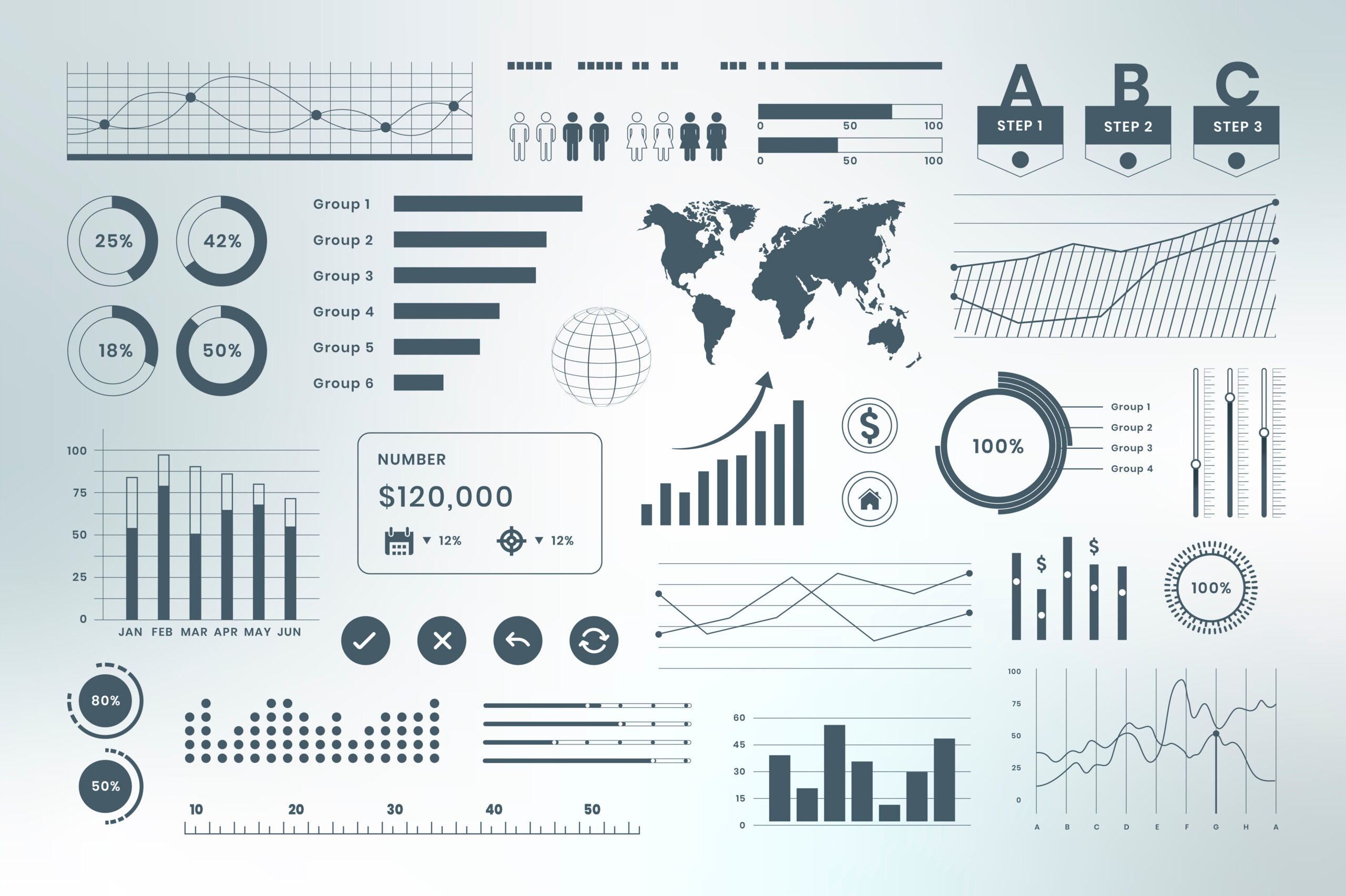Data Analytics
Introduction
Data Analytics is the process of exploring the data from the past to make appropriate decisions in the future by using valuable insights.
It’s a process of analyzing raw data to find trends and realistic answers for the questions, the definition of data analytics captures its broad scope of the field. However, it includes many techniques with many different goals.
Types of Data Analytics: It has mainly four types of data analytics.
- Descriptive Analysis.
- Diagnostic Analysis.
- Predictive Analysis.
- Prescriptive Analysis.
- Descriptive analytics helps answer questions about what happened. These techniques summarize large datasets to describe outcomes to stakeholders. By developing key performance indicators (KPIs,) these strategies can help track successes or failures. Metrics such as return on investment (ROI) are used in many industries. Specialized metrics are developed to track performance in specific industries. This process requires the collection of relevant data, processing of the data, data analysis, and data visualization. This process provides essential insight into past performance.
- Diagnostic analytics helps answer questions about why things happened. These techniques supplement more basic descriptive analytics. They take the findings from descriptive analytics and dig deeper to find the cause. The performance indicators are further investigated to discover why they got better or worse. This generally occurs in three steps:
- Identify anomalies in the data. These may be unexpected changes in a metric or a particular market.
- Data that is related to these anomalies is collected.
- Statistical techniques are used to find relationships and trends that explain these anomalies.
- Predictive analytics helps answer questions about what will happen in the future. These techniques use historical data to identify trends and determine if they are likely to recur. Predictive analytical tools provide valuable insight into what may happen in the future and their techniques include a variety of statistical and machine learning techniques, such as neural networks, decision trees, and regression.
- Prescriptive analytics helps answer questions about what should be done. By using insights from predictive analytics, data-driven decisions can be made. This allows businesses to make informed decisions in the face of uncertainty. Prescriptive analytics techniques rely on machine learning strategies that can find patterns in large datasets. By analyzing past decisions and events, the likelihood of different outcomes can be estimated
Analytical tools in data analytics: Data analytics tools are used to classify software and applications used by Data Analysts to create and execute analytics processes that help businesses to make smarter, more informed business decisions while minimizing cost and boosting profits.
Most popular data analytics tools are ruling in 2021:
- R and python
- Qlik Sense
- Chartio
- Tableau
- Power BI
- Talend
- Looker
- SAP
- Apache Spark
- SAS
- RapidMiner
- Microsoft Excel
- KNIME
References-
www.mastersindatascience.org/learning/what-is-data-analytics
Add Comment
You must be logged in to post a comment.








Arvind
Great stuff